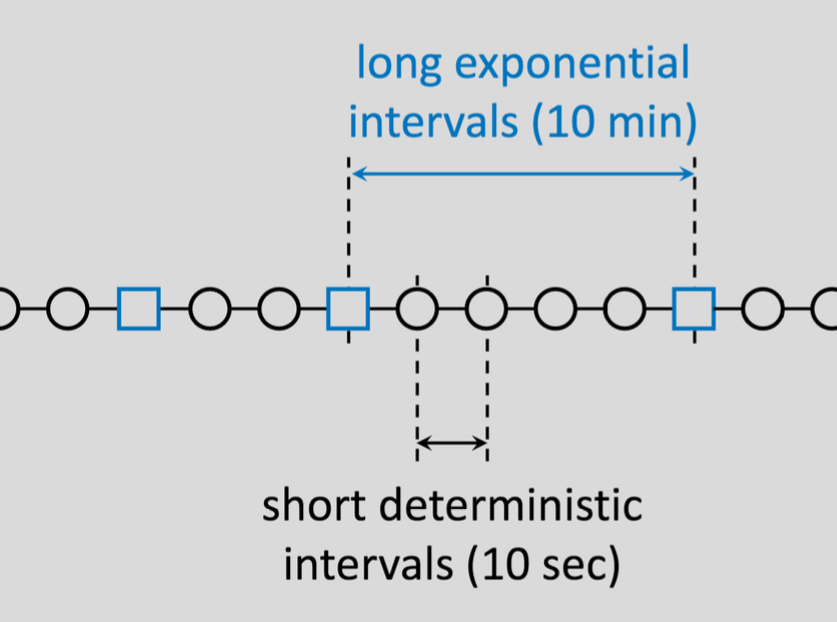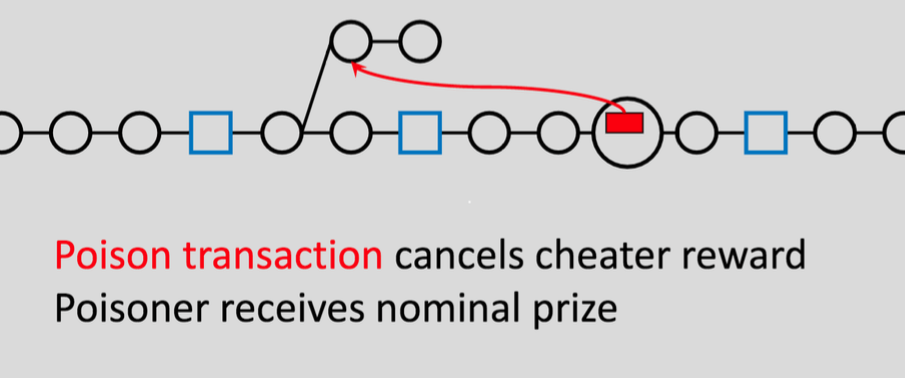Bitcoin NG, or How Cornell Researchers Think a Radical Redesign Can Solve Bitcoin’s Scaling Issues
The block-size limit dispute, at its heart, represents a trade-off between efficiency and security. Bigger blocks allow for more transactions on the Bitcoin network but could reduce mining power utilization and lead to centralization. Engulfed in sometimes heated debates, several developers have submitted proposals to strike a right balance between the two and reach community consensus – but so far to no avail.
A group of Cornell University researchers, meanwhile, took an entirely different approach. Instead of attempting to strike the right balance, post-doctoral associate Ittay Eyal, doctoral student Adem Efe Gencer, computer science professor Emin Gün Sirer and research scientist Robbert Van Renesse, proposed Bitcoin NG, a radical redesign of the Bitcoin architecture meant to solve the block size trade-off entirely.
On key blocks
Currently, Bitcoin miners include two main types of data in blocks: a proof of work which allows the network to determine the longest chain, and a number of transactions to be selected by the miner. As its main differentiator, Bitcoin NG splits these two functions by creating two separate types of blocks: key blocks and microblocks, both of which are still part of the same chain.
Key blocks include the proof of work, a reference to the previous block, and the coinbase transaction (mining reward) – but none of the other transactions. In Bitcoin NG’s current design, and much like “normal” Bitcoin blocks, key blocks are found every 10 minutes on average. And, also like “normal” Bitcoin blocks, the amount of hashing power used to find the block determines the longest chain. In other words, it determines which blockchain is the real one.
To explain the benefits of using key blocks, Eyal told Bitcoin Magazine:
Since key blocks don’t include any transactions, they require very little data to be transmitted over the network. This results in faster block propagation, and, therefore, in fewer pruned blocks [‘orphans’]. As such, less mining power is wasted, and the incentive to centralize mining is reduced.”

On microblocks
Apart from the proof of work, a reference to the previous block, and the coinbase transaction, a miner includes one more type of data in a key block: his own public key. Subsequently, the corresponding private key is required to sign the other type of blocks: microblocks.
As opposed to key blocks, microblocks do not include any proof of work, but merely store transactions. These microblocks are created much more often: on average once every 10 seconds in Bitcoin NG’s initial design. As such, the miner of a key block is essentially in charge of confirming transactions on the network until a new key block is found.
On poison transactions
There is one problem. The fact that microblocks are not secured by proof of work, means a miner (the key block signer) could easily double spend a transaction; he can simply sign multiple microblocks with contradicting transactions to different entities at the same time.
Therefore, Bitcoin NG uses so-called “poison transactions.” If the network notices a double spend, a poison transaction is created, which destroys the revenue – the mining reward and fees – of the double spending miner retroactively. As such, miners are incentivized to remain honest.
Transactions included in a microblock on the Bitcoin NG blockchain would be much more reliable than unconfirmed transactions on the current Bitcoin blockchain,” says Eyal. “But microblocks would not offer the same level of security as key blocks. Only key blocks would offer a similar level of security as blocks on the current blockchain do, meaning it would still be wise to wait for several confirmations when the value of a transaction is significant.”

Radical
Compared to alternative proposals circulating that address the scaling issue. Bitcoin NG is probably the most radical redesign of the Bitcoin protocol as we know it today. By basically flipping the current process of Bitcoin mining on its head, the Cornell research team has proposed an alternative that is completely incompatible with the existing consensus rules. Whether Bitcoin NG actually has any type of future, therefore, remains to be seen.
There are several ways where this could go,” Eyal explained. “We could reach a consensus among the Bitcoin community to change the way the blockchain works, and implement Bitcoin NG to be the new Bitcoin. Or, if someone is inclined to implement all the technical differences, Bitcoin NG could become an altcoin. Personally, I’m interested in the technology and the science behind it, as a research project. I think this is a better way to do a blockchain.”
For more information on Bitcoin NG, see Eyal and Sirer’s blog post on Hacking, Distributed.
The post Bitcoin NG, or How Cornell Researchers Think a Radical Redesign Can Solve Bitcoin’s Scaling Issues appeared first on Bitcoin Magazine.



